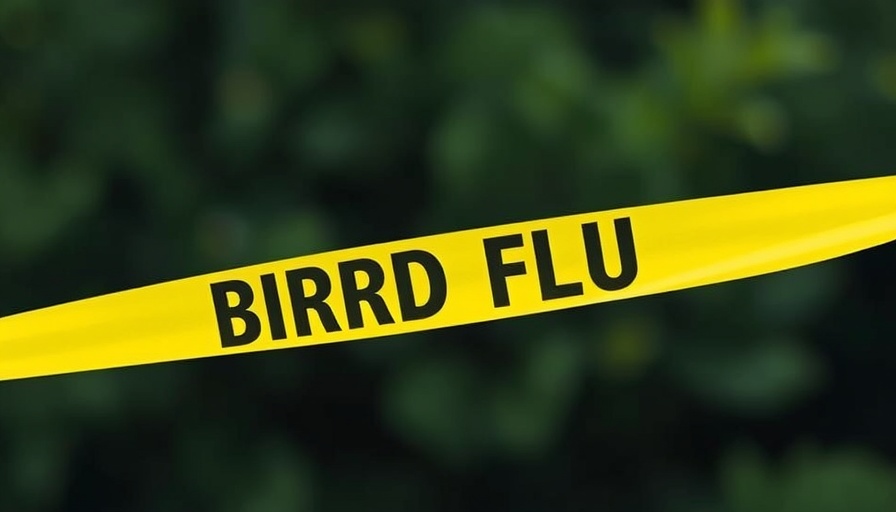
Understanding Bird Flu's Widespread Impact on Wildlife
As the H5N1 strain of avian influenza continues to spread globally, its effects extend beyond poultry and human health fears to the unseen devastation among wildlife. Experts are sounding alarms about the significant toll the virus is taking on various species, raising questions about the ecological consequences yet to be fully understood.
A Grim Reality for Wildlife
The death toll among wild birds and marine life is staggering. Reports indicate a loss of 25,669 Northern Gannets in Canada, alongside 134 harbor and gray seals, and 21 California Condors in the Western U.S. These alarming numbers are just the tip of the iceberg, highlighting the potentially catastrophic impact of bird flu on biodiversity.
Insights from Conservation Scientists
Stephanie Avery-Gomm, a conservation scientist, emphasizes the emotional weight these figures carry. After the virus hit North America, she witnessed the devastating aftermath personally, with Northern Gannets washing ashore in dreadful numbers. The images of lifeless birds left on coastlines were heart-wrenching and serve as a stark reminder of the fragility of wildlife in the face of emerging zoonotic diseases.
What Lies Ahead? Predictions and Concerns
The trajectory of H5N1 remains uncertain, with experts warning of possible future outbreaks that could further impact wildlife and potentially spillover effects on livestock and humans. Understanding the virus's mutations and its effects on ecosystems will be crucial for developing effective strategies for wildlife conservation moving forward.
Actionable Insights for Concerned Citizens
Awareness is the first step. Citizens can engage in local wildlife conservation initiatives, report sick or dead birds, and educate themselves about avian health. Advocating for increased funding towards wildlife disease monitoring will be vital to safeguarding these often overlooked ecosystems.
The alarming rise of avian influenza presents an ecological crisis that demands our attention and action. By staying informed and supporting conservation efforts, we can hope to mitigate its impact on wildlife and preserve the delicate balance of our ecosystems.
 Add Row
Add Row  Add
Add 




Write A Comment